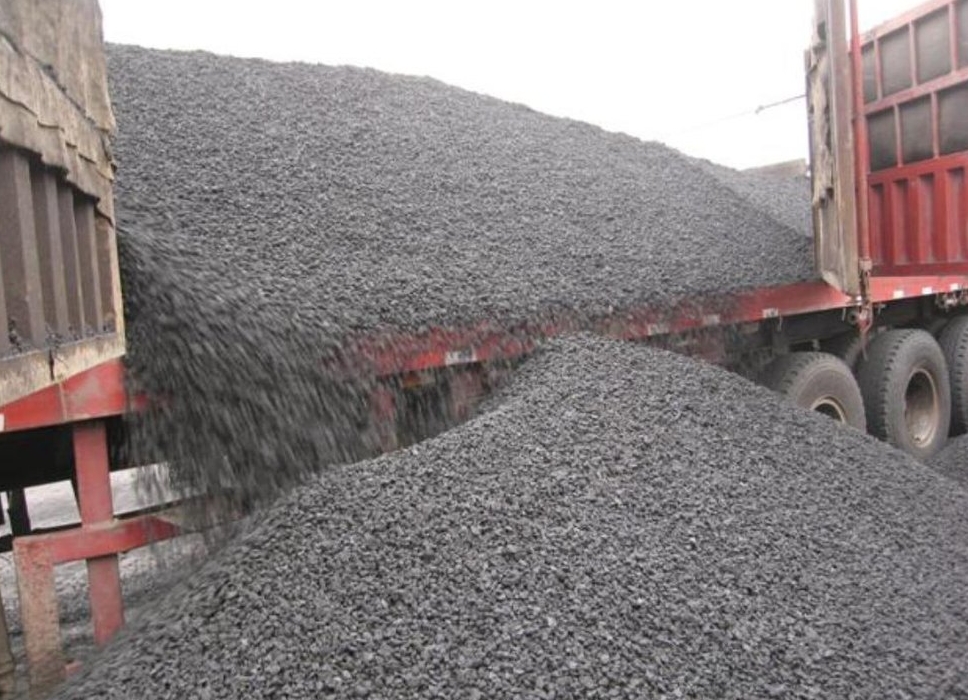
Graphite petroleum coke (GPC) is a carbon-based material that is utilized in many industrial processes. It is essential for aluminum smelting and steelmaking applications as well as foundries and fire safety. This unique and versatile product is made by heating raw petroleum coke to remove impurities, then calcining it and, in some cases, graphitization to improve its properties.
Unlike coal, which is often used for industrial heat production and as fuel in power plants petroleum coke (often called petcoke) is a byproduct of oil refining that has distinct characteristics and uses. The quality of petcoke has significant impact on the final application. The best quality coke is used to produce electrodes for the steel and aluminum industries due to its lower sulfur and heavy metal concentrations as compared to lower grade coke, which is typically burned in boilers or heaters used for industrial heating applications.

Researchers have developed a new method of converting coke into graphene-like materials using GPC. These materials are used as electrodes in lithium-ion battery production as well as steelmaking. They contain higher levels of carbon than conventional graphite and also have better electrical conductivity. This breakthrough is a significant step towards making coke an ingredient in industrial products with value.
GPC can be manufactured in two forms: shot coke which is the term used to describe a "shot", from fluidized beds or delayed bed cokers. The latter type can be used as a raw material for the creation of graphite electrodes and graphite anodes or in a shape for battery production. It can also undergo post-annealing to increase its electrical conductivity. In the process of annealing, the carbon atoms in the graphite-like material are aligned to create an ordered structure that is more durable and more conductor.
The quality of GPC is determined during the calcination process, which involves heating the green coke in a rotary kiln to temperatures that exceed 1,000°C to eliminate volatile components and increase the carbon content and density. The material produced is called Calcined Petroleum Coke (CPC) and is further refined into expanded graphite to be used in fire retardant materials or ground into fine powder for various industrial applications.
During the calcination, the moisture content of the CPC must be managed. Unremoved moisture can negatively impact the performance of the material in industrial applications. This step is essential for ensuring that the material has the right consistency for the intended application and requires attention to temperature and pressure to achieve the desired outcomes.
After calcination the CPC should be thoroughly dried to prevent any moisture from causing additional reactions. This is a crucial step to take since excessive moisture can greatly alter the CPC's physical as well as chemical properties, which can prevent it from being able to be effectively used in industrial applications.

Write a Message